Dr Holger Gibhardt is a senior researcher in the Institute of Physical Chemistry laboratory at Georg-August-Universität Göttingen has been a UniKLasers customer since 2016, focussing his work on Material Research Characterisation via various forms of spectroscopy.
Dr Gibhardt has co-authored over 30 publications in these fields, with over 200 citations.
In this interview, he describes the research undertaken using the Solo 640 its current application use - integrated with the Horiba T64000 Raman Spectrometer for the investigation of multiferroic systems.
"[UniKLasers] have been the only solid-state lasers with a performance comparable to gas lasers (with respect to stability, wavelength precision, etc.) for spectroscopy purposes.”
Q1: Please give us an overview of the theory behind your current research work.
With Raman spectroscopy, molecular vibrations can be measured. An incoming laser beam excites the atoms in the sample so that they start to oscillate, the moving atoms can emit light with different wavelengths. The wavelength of the scattered light is a measure of the number of oscillations of the atoms per second, this is a measure for the interacting forces between all the atoms within the sample.
Raman measurements are possible in gaseous, liquid, solid samples. Hence it is possible to investigate properties which are sensitive to these vibrations. You might ask for the frequency of the vibration itself if you are interested as a theoretician, for example, in calculating properties from quantum chemistry. You might ask for the presence of certain molecular fractions in your sample, because some molecules have characteristic vibrational frequencies as a fingerprint. You can follow phase transitions so on.
Q2: What equipment is being used for this research?
For this research, a Horiba T64000 spectrometer with a three grating monochromator was used in subtractive mode for the measurement of all spectra. The light source was a solid-state laser by UniKLasers with a wavelength of λ = 639.7 nm.
Q3: Could you give us an example of a measurement result that required the use of this laser?
For Raman spectroscopy, in first approximation, the Raman effect is independent of the excitation wavelength. You need a very stable, high intensity laser with a very small wavelength spread. In general, gas ionic lasers like Argon are very well established those lasers are the st ard from a scientific point of view.
However, there is a dependency on the incoming laser wavelength, there is need for different lasers. For example, polymeric samples may emit very intense fluorescence scattering which covers the Raman signal. Dark samples can be investigated only in backscattering geometry.
Often, red lasers have a larger penetration depth can excite a greater volume of the sample. This is the reason why semiconducting samples are often measured with red lasers (in general Krypton or HeNe are too weak in intensity). The determining property is the material’s dielectric constant.
Q4: Do you have any publications with this equipment that you can share with us?
This was also our motivation for using your red laser. We had a scientific topic concerning MnWO4, in which we could take very precise measurements at very low temperatures (-267°C to -253°) – the sample is a dark reddish nevertheless slight transparent sample.
Afterwards, we tried to exchange some tungsten by molybdenum. This sample was completely dark, it was not possible to take Raman measurements.
Therefore, we bought the red laser, the results are published in the thesis of Fabian Ziegler can be seen on page 73 (1). In these measurements, different solid phases of the samples with different amounts of doped molybdenum could be identified.
Unfortunately, these measurements are not published in a scientific journal because there are still questions concerning the route of sample preparation in solid-state chemistry.
Q5: Please offer any general comments on the laser your use of it over the years:
Using the solid-state lasers from UniKLasers can be very good. Up to our ordering date, they have been the only solid-state lasers with a performance comparable to the gas lasers (with respect to stability, wavelength precision, etc.) for spectroscopy purposes. One further advantage with respect to gas lasers is the reduced costs in infrastructure (power consumption, no cooling water).
(1) Investigation of the Structure Dynamics of Multiferroic Systems by Inelastic Neutron Scattering Complementary Methods Fabian Ziegler, Georg-August-Universität Göttingen.

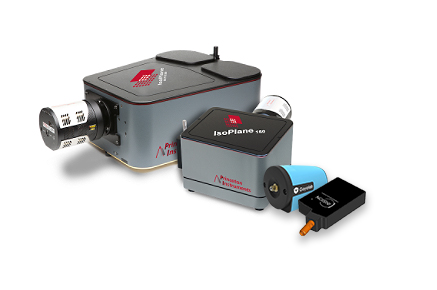
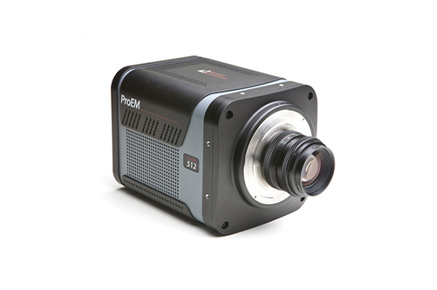
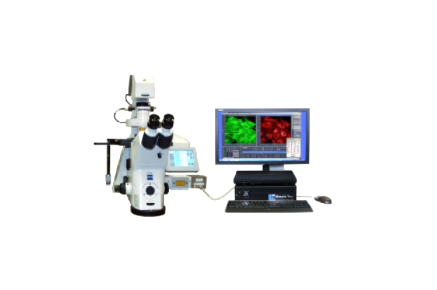
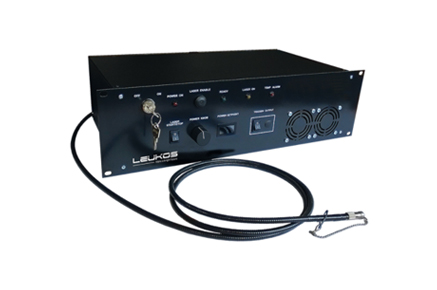
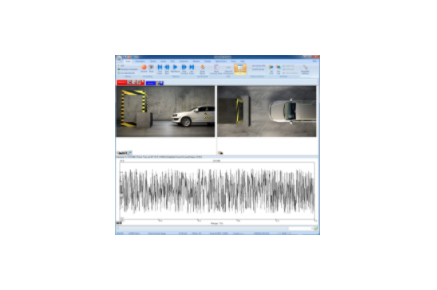
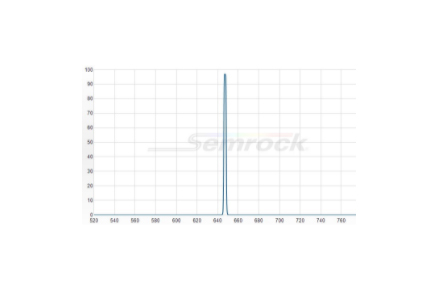
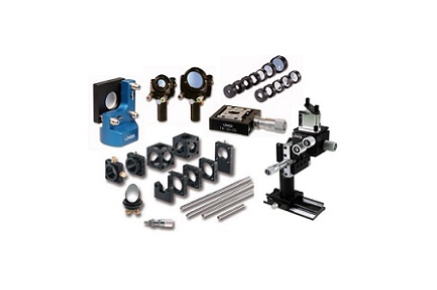
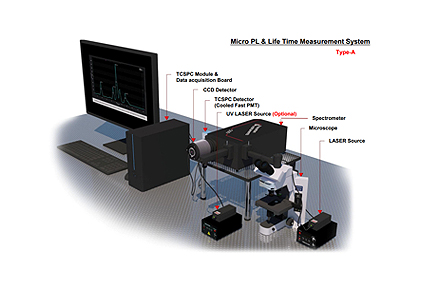
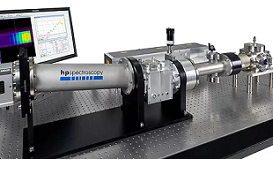






.png)
